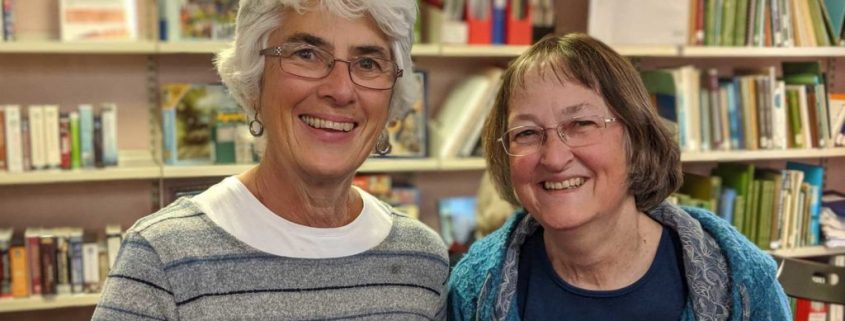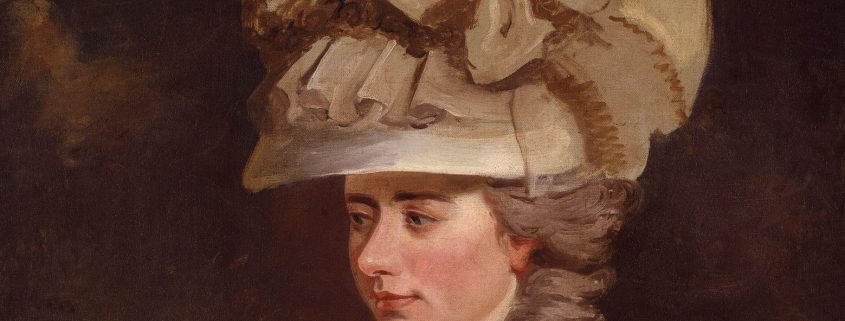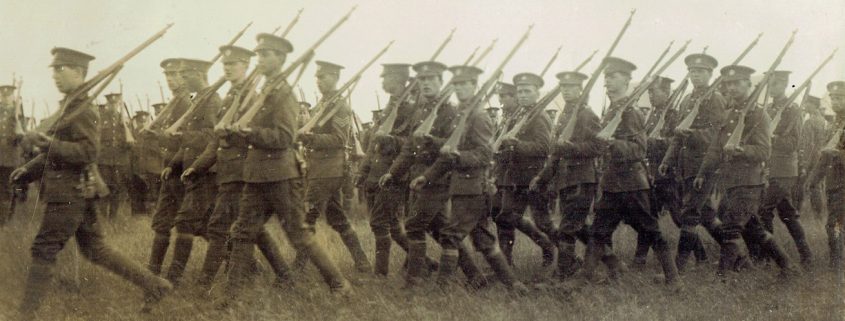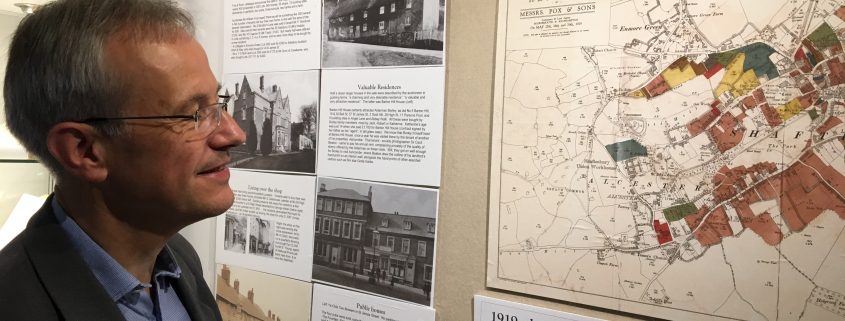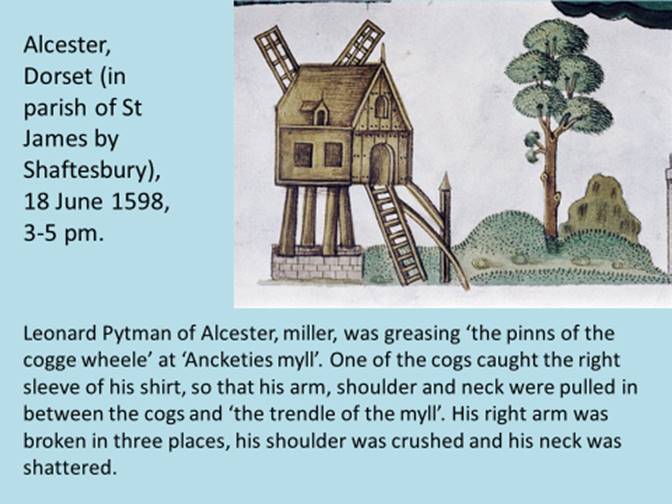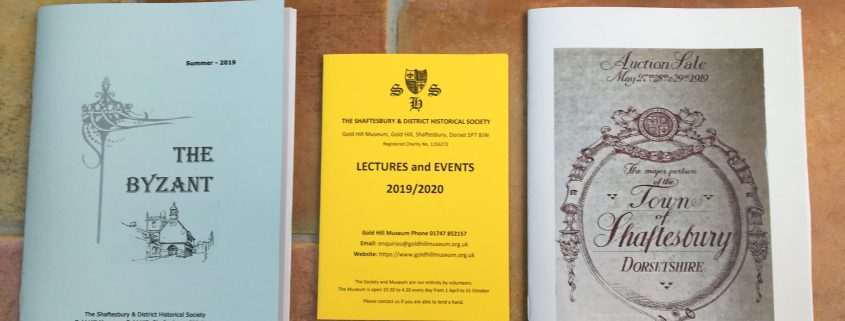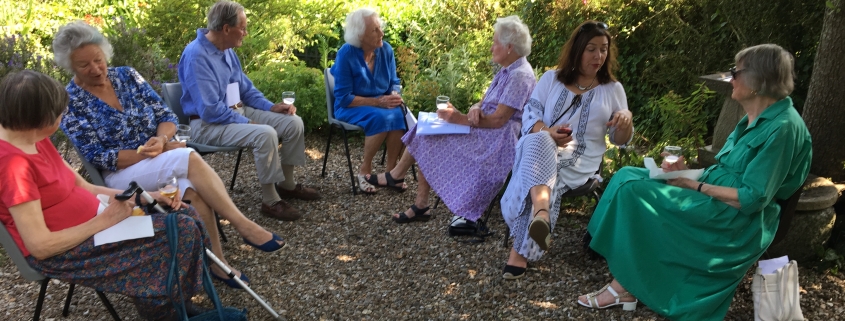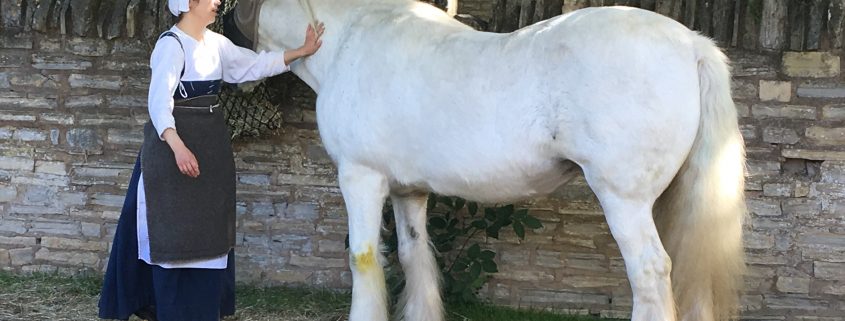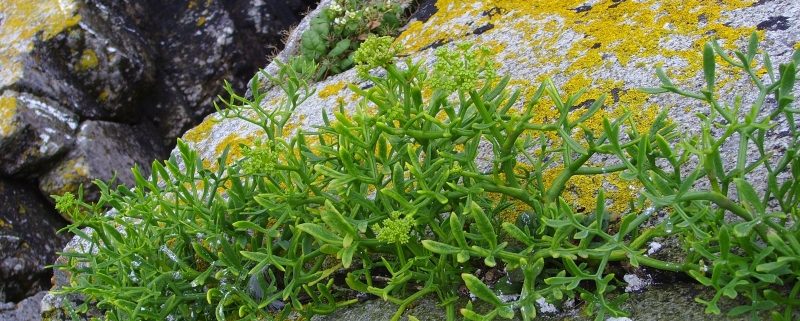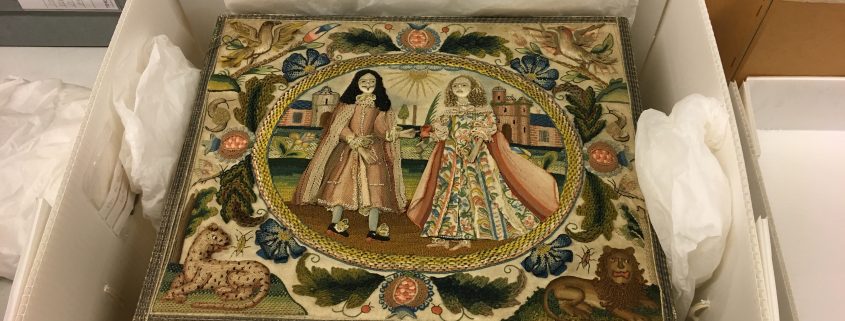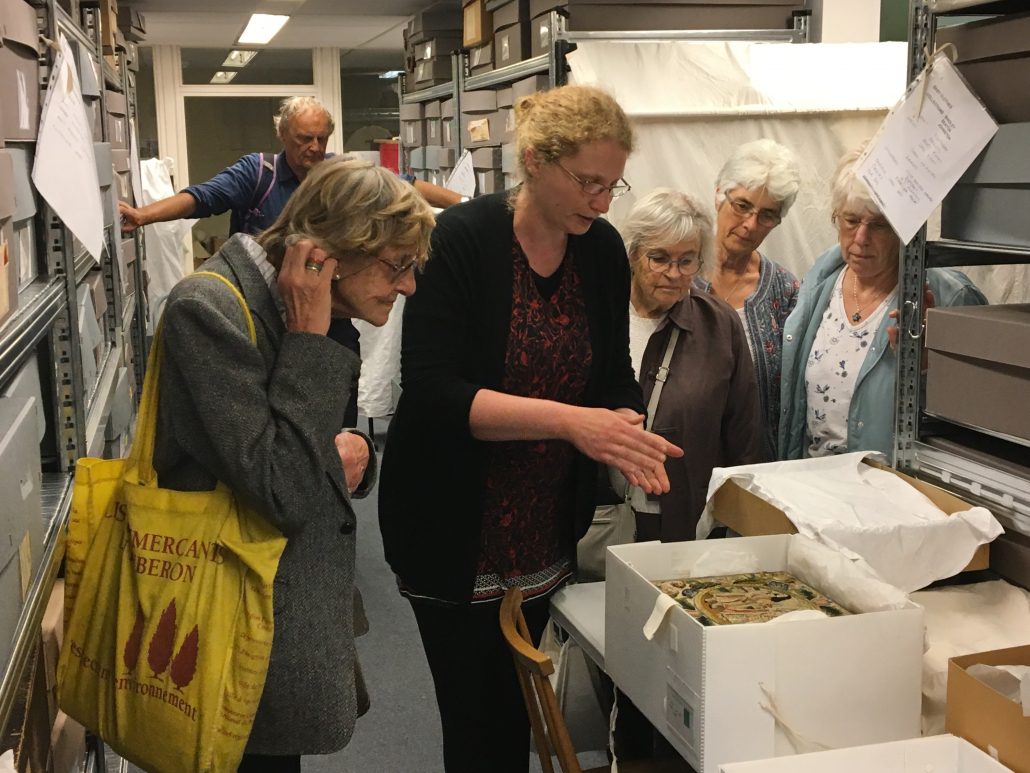Park Walk’s Café – and Waiting to Watch Cars Crash
October’s Shaftesbury Remembers session has been the best attended to date. Alfred of http://thisisalfred.com/ squeezed into the packed library, viewed the pictures and heard residents share their personal memories of old Shaftesbury – stories that you won’t find in the history books. Please click here for thisisAlfred’s podcast
There wasn’t a spare seat in the reference section of the library for October’s memory-sharing get together. “There’s not enough room to accommodate us and I feel rather guilty. People don’t book, they just come,” explained Claire Ryley from Gold Hill Museum’s ‘Shaftesbury Remembers’ project.

The packed library
Each person’s arrival was announced by the steady, slow rumble of the electronic door. And they kept coming. 45 residents, some proud Shastonians, others inquisitive newcomers, were here to pinpoint places and recognise faces within a selection of Shaftesbury pictures being passed around.
The session’s value is the story-sharing as images unlock memories of long forgotten events. “People love pictures and when they are well acquainted with a place, it is enjoyable to see if you can work out where places are,” said Claire. “It’s interesting seeing the changes that happened to those places over time. That’s what we’re trying to gather here. Reminiscence works for everybody. People chat, but from the museum’s point of view, information is pouring out. It’s wonderful.”
Gloria Alford is a regular attendee. “I really enjoy it. I like the history,” said Gloria, who moved to the town in Easter 1951 to work as a nursing cadet at the hospital. She didn’t arrive empty-handed then and she wasn’t empty handed at the event. She was clutching a nostalgic conversation starter – a gift from her mother. “It’s a Shaftesbury guide, published in 1950. She gave it to me so I would know where the Post Office was, so I could post a letter back home.”
The A5-sized booklet made claims that might be hard to substantiate with today’s advertising standards. ‘On account of the unique situation of Shaftesbury, the air is pure and bracing and is recommended by medical men as a health resort,’ the guide stated, along with, ‘In the reign of Henry VIII, the town was constantly visited by pilgrims on account of the health-giving qualities of its bracing atmosphere.’ The report claimed that an eminent physician believed the health-giving properties of Shaftesbury air was on a par with that of Switzerland.

Gloria Alford
I flicked through Gloria’s guide and interrupted her conversation when I found another gem. “I know what you’re going to say!” she shrieked with delight. The write-up reported that the Daily Mail had described Shaftesbury as the town with, ‘The most courteous and obliging shop assistants in England. Residents and visitors will find all of their requirements catered for.’ “I tell everybody now, when we haven’t got hardly anything in the town,” laughed Gloria.
In a previous session, Gloria has seen a photo of the sister of her late husband, Reginald. “She was a hand bell ringer. There was a picture of her. It was a nice surprise to see it,” she said.
I broke away to chat to another attendee. When I returned to Gloria, she was immersed in a three-way conversation over a photograph of St James Street. Members of Reginald’s family lived in Quaker Cottage near Pump Yard. The street scene unlocked vivid memories.
“When his granny lived there, there were all wooden benches around the rooms. In the main bedroom was a big safe with a metal door. When his mum and dad were moving, my husband got it open and went inside. We found boxes of stuff to do with the Quakers.” Gloria says that the find was handed over to the Rutter family.
She pointed to a picture of part of St James Street, opposite the entrance to White Hart Lane. “There was a community hall, there,” she said.
Isabel Good was also captivated by a black-and-white image – one of market traders and livestock. This wasn’t the recently closed Cattle Market of Christy’s Lane, but the older one, on today’s Bell Street car park site. Isabel lives off Bleke Street and although she has lived here for decades, she had no idea what would have been on her doorstep a century ago.

Claire Ryley (left) and Ann Symons
School day memories dominated discussions amongst those educated in town, and a former teacher was there to fill in memory blanks. Tony Selwood was the head of Christy’s School for eleven years and he then took charge of the first, middle and upper schools.
“Christy’s School was on Christy’s Lane. In 1983, the schools were changed to a first school middle school and upper school. I was involved in the design of the middle school.”
Tony has fond memories of Christy’s School. “The facilities were for a developed curriculum that trained youngsters for life and not just for passing a couple of exams,” said Tony. “It was in the grounds of Lindlar Park, on 12-acre site with a lovely entrance with cherry trees and blossoms. It was superb, but maintenance would have taken time because it was an entirely wooden structure,” he said, adding. “It was very good wood. When they took the school down, many people came to help themselves.”
Tony explained why the school had been constructed from timber. “It needed to be a design which could be altered and maintained well and added to as the school grew. It was 1939, the war had started, and a lot of evacuees from London came to Shaftesbury and became pupils.”
Avid Shaftesbury photo historian Robert Mullins recounted how school lunches were once prepared on Park Walk. “It was in what used to be the old British restaurant. It’s where the gardens are on the left,” Robert explained. “It was corrugated, almost a Nissen hut.” I’d not heard of a British restaurant. “It was something designed during the war to give people a hot meal. You had to pay for it, but you didn’t use your ration book allocation. After the British restaurant closed, it was used to cook school meals.”
Tony recalled how school pupils and staff responded to the 1985 African famine. “We raised well over £6,000. We had to have a naval helicopter come to pick up all of the dried food that we had collected around the town. It was so heavy they had to come and do it twice. It landed on the school field and we invited all the other schools in the area to see the spectacle,” Tony smiled.
Robert fired up his laptop, keen to show me a picture of a curious sight. Formally dressed, cap-wearing, moustached men were admiring the wreck of an overturned vehicle, perhaps a charabanc, which had flipped over a wall on a bend. I was unable to identify the location. Robert revealed it was the sharp curve on the hill just outside Shaftesbury, on the Gillingham Road at Nettlebed. This was such an accident spot it became a place for spectators.
“My father told me that people used to go down there on a Sunday when it was the main A30 and wait for accidents. Look at how many times that wall has been repaired,” Robert observed.

The Nettlebed crash
85-year-old Robert was born in Shaftesbury. Jason Coop has lived here for three years and he is also fascinated by the town’s story. And he’s keen to find out more about his 1856-built home on Grosvenor Road. “We’re trying to piece together its history because we are renovating it and we feel part of the fabric of the house. It is number 2, on Ivy Cross, a three-storey Victorian property near the roundabout. We know that the Mayor of Shaftesbury lived there at the turn-of-the-century. He owned a master butcher down the High Street. He was a governor of a lot of the schools. It would be amazing to find out more.”
Jason didn’t pick up any more clues at this session, but he says he’ll be back. “The knowledge here is just amazing. I’m going to stay as long as I can and chat to the people,” he said.
Co-organiser Claire was more successful in getting answers to her picture questions. “The gas towers, which no longer exist, on Castle Hill and at Enmore Green have been identified. It is very interesting because they’ve also shown up in the geophysics done as part of the Shaftesbury Abbey (archaeology) project and we didn’t know what they were. We now have photos, which show us what they were. It’s wonderful,” Claire said.
Co-organiser Ann Symons was also offered useful information. “There are one or two photographs which we had no idea about before. It’s been useful,” she said.
With such a massive turn-out and a clear appetite for viewing pictures of old Shaftesbury, Claire says the next event will be geared to cater for the crowds. “We will probably arrange a session in January or February at Gold Hill Museum, so we can show photos on a PowerPoint presentation and get a lot more information going. It’s been a wonderful turnout. It just goes to show how much interest there is in the town’s history.”
Copyright 2019 Keri Jones

